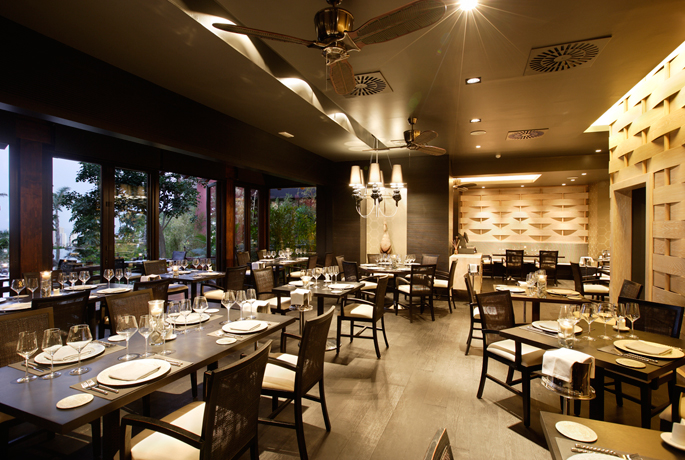TYPES OF ASIAN SEAWEED
One of the things that make us stand out at the Asia Gardens Hotel & Thai Spa is that our Asian restaurants offer the finest quality food, and that is why it’s a pleasure to eat there. If you are fond of Asian delicacies, what could be more exotic than the seaweed used in many of their dishes? We welcome you to know more about them:
NORI: “Porphyra yezoensis”, there are two types, red and green nori. This is the most popular type of seaweed in the west and it’s used in sushi. In Japan, it is also used in fine strings as seasoning and as a side dish.
This type of seaweed has a high content of iodine and minerals, as well as vitamins A,B and C.
WAKAME: “Undaria pinnatifida”, is often used in soups. It is also called brown seaweed. However, it turns dark green when it’s cooked. This seaweed is often sold dry and it’s only cooked slightly.
KOMBU: “Saccharina japonica”, this type of seaweed is quite common in Japanese, Chinese and Korean cuisine. It’s also known as “kelp sugar” and it has a high content of vitamin C and proteins. This type of seaweed is often used to add flavour to “miso” soup.
MOZUKU: “Ladosiphon okamuranus” from Okinawa. It is grown in the ocean and it supplies 90% of the Japanese market. This type of seaweed is thin, sweet and fibrous. Currently, many scientists believe that it is crucial in preventing cancer.
HIJIKI: “Sargassum fusiforme”, this is another type of brown seaweed that is often used as a side dish. It has a high content of fibre and calcium. Its use has decreased nowadays in Asia.
ARAME: “Eisencia bicyclis”, this type of seaweed is quite mild and it is steamed, sautéed or added to soup. In Japan, it’s often served cold in salads. It has a high content of iodine, calcium and zinc.
TOSAKA: Known as rooster’s crest, is often sold covered in salt, so it needs to be soaked before being used, mainly in salads. It can be red, white or green.
ALGA DULSE: “Palamiaria palmata”, this type of seaweed has a high content of vitamin C. The Vikings and Celts used it to prevent diseases. It is generally reddish and it can be eaten cooked or raw, in salads and soups like most other seaweed used in Asian cuisine.
If you feel like trying some of this types of seaweed first hand, we recommend you join us at any of our Asian restaurants at the Asia Gardens Hotel & Thai Spa, a luxury resort in the Mediterranean where you will enjoy every “bite”.



